News
Interview with ‘Hereditary’ writer-director Ari Aster – Part One
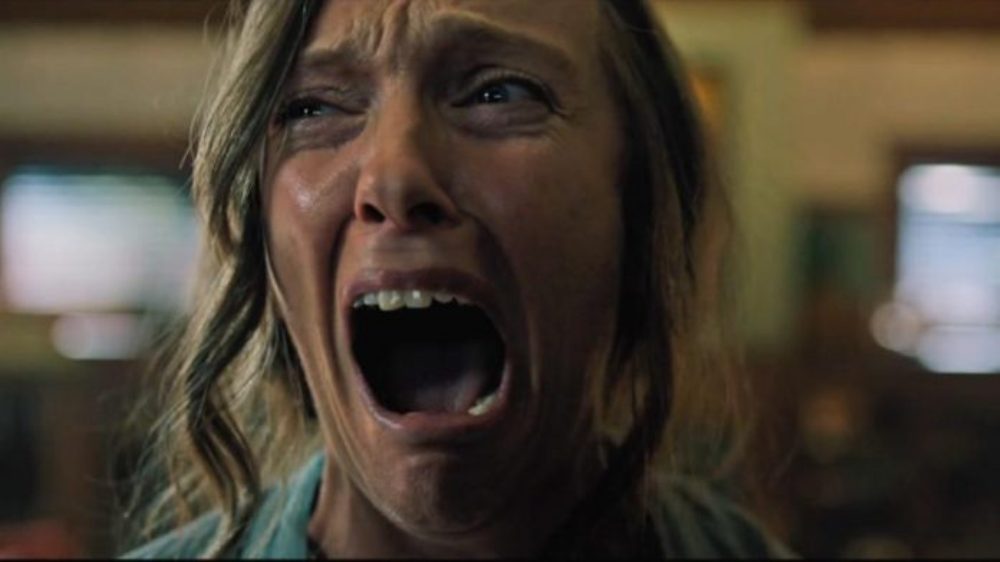
Hereditary represents a generational achievement in horror filmmaking and filmmaking period. Since Hereditary premiered at the Sundance Film Festival in January 2018, Hereditary has been compared to such classic horror film titles as The Exorcist and The Shining.
Hereditary has accumulated such a fearsome reputation that its upcoming theatrical release almost seems anti-climactic. Everyone who’s seen Hereditary has declared the film to be an instant classic.
Hereditary marks the feature filmmaking debut for writer-director Ari Aster, who spent the past decade making short films. “The reactions have been very exciting,” says Aster. “To be honest, I was initially just very relieved that people didn’t think it was a giant piece of shit.”
Hereditary tells the story of Annie Graham (Toni Collette), a woman who suspects that her mother’s death has unleashed a supernatural force that threatens to destroy Annie and her family.
DG: What was the genesis of, the inspiration for, Hereditary, and what is the significance of the film’s title?
AA: I wanted to make a serious meditation on grief and trauma that gradually curdles into a nightmare – the way that life can feel like a nightmare when disaster strikes. The true significance of the title shouldn’t dawn on the viewer until the end of the film, but suffice it to say that Hereditary is concerned primarily with the insidiousness of family ties. Over the course of the film, it becomes increasingly clear that this family has no free will; their fate has been passed down to them, and it’s an inheritance that they have no hope of shaking.
DG: What were the themes that you wanted to explore with this film?
AA: There are lots of movies about tragedy bringing people together and strengthening bonds. I wanted to make a film about all the ways that grief can tear people apart and how trauma can totally transform a person – and not necessarily for the better! Hereditary is a buffet of worst-case scenarios leading to an ugly, hopeless end. Now I just need to investigate why I wanted to do all that.
DG: What was the stylistic, visual strategy that you and your cinematographer discussed prior to the start of filming, and how would you describe the look and tone of the film?
AA: Well, I’ve been working with my DP, Pawel Pogorzelski, since I met him at AFI, and we’ve developed an amazing shorthand. We speak the same language, to such an extent that we become quite upset with each other at the very hint of a disagreement or misunderstanding. The way I work – and I’m sure that there are better ways of working – is that I always begin by composing a shot list, and I don’t talk to anyone in the crew until that shot list is complete. From there, questions of execution, lighting, production design, etc, become central. But first, every head of department needs to be able to see the film in their head. In this case, the camera would be very fluid, detached, observational – encroaching. The tone is tough to speak to…but I can say that I would often tell the crew that the film should feel evil. We’re with the family, and we’re joined to them in our ignorance of what’s really happening, but there should also be the sense that we’re watching them from a more knowing, sadistic perspective.
DG: What are the genre influences that you brought to this film, and what do you think audiences will find most compelling and frightening about this film?
AA: It was important to me that we attend to the family drama before we attended to the horror elements. The film needed to stand on its own as a domestic tragedy before it could work as a scary movie. So, most of the references that I gave to the crew were not horror films. Mike Leigh was one – especially Secrets and Lies and All or Nothing. We also talked seriously about The Ice Storm and In the Bedroom, which has a reversal at the 30-minute mark that isn’t so different from the one in Hereditary. Bergman is one of my heroes, and Cries and Whispers was something I was thinking about, along with Autumn Sonata for the way that it dealt with the mother-daughter relationship. The horror films we discussed were mostly from the 60s and 70s. Rosemary’s Baby was an obvious touchstone. Don’t Look Now is a big one. Nicholas Roeg, in general, was big for me. I love Jack Clayton’s The Innocents. And then there are the great Japanese horror films – Ugetsu, Onibaba, Empire of Passion, Kwaidan, Kuroneko…
DG: How would you describe the family dynamic that exists within the Graham family when we first meet them in the film, and how would you describe the journey they take throughout the film?
AA: The Grahams are already isolated from each other when we meet them. The air needed to be thick with a fraught, unacknowledged history. From there, things occur that only serve to alienate them further, and by the end of the film, each member of the family becomes a total stranger – if not a seeming double of themselves – to the other. To reference Freud’s essay on the uncanny, the home in Hereditary becomes resolutely unhomelike.
DG: How would you describe the nature of the malevolent presence that plagues the Graham family in the film, and how do they respond to this?
AA: There are many toxic influences at play. Guilt, resentment, blame, distrust…and then there’s a demon, too.
DG: How would you describe the nature of the relationship that exists, both in life and death, between Charlie and her grandmother, Ellen?
AA: To explain this would be to betray some pretty big reveals in the film. I’ll refrain to avoid spoiling!

DG: What was the biggest challenge that you faced during the filming?
AA: We built the entire interior of the house on a sound stage. Everything inside the house was designed and built from scratch. Beyond this, we had the additional challenge of needing to create a miniature replica of the house (among many other miniatures). This meant that we needed to design every element of the home well in advance of shooting. That doesn’t just mean that we needed to decide on the layout of the house and the dimensions of the rooms, which is actually the easiest thing for the miniaturist to replicate; it meant that we needed to make committed decisions regarding the set dressing very early on. So, we needed to know what the furniture would be, what the wallpaper would be, what plants we’d have in each room, what drapes we’d be putting over the window, and so on and so forth. We shot everything involving the dollhouses in our last week of production, and it was so tight that we had miniatures being shipped in on the very days that they were being shot.
Hereditary will be released on June 8, 2018.
'Civil War' Review: Is It Worth Watching?
Follow our new YouTube channel "Mysteries and Movies" here.

News
‘Happy Death Day 3’ Only Needs Greenlight From Studio

Jessica Rothe who is currently starring in the ultra-violent Boy Kills World talked to ScreenGeek at WonderCon and gave them an exclusive update about her franchise Happy Death Day.
The horror time-looper is a popular series that did pretty well at the box office especially the first one which introduced us to the bratty Tree Gelbman (Rothe) who is being stalked by a masked killer. Christopher Landon directed the original and its sequel Happy Death Day 2U.
According to Rothe, a third is being proposed, but two major studios need to sign off on the project. Here is what Rothe had to say:
“Well, I can say Chris Landon has the whole thing figured out. We just need to wait for Blumhouse and Universal to get their ducks in a row. But my fingers are so crossed. I think Tree [Gelbman] deserves her third and final chapter to bring that incredible character and franchise to a close or a new beginning.”
The movies delve into sci-fi territory with their repeated wormhole mechanics. The second leans heavily into this by utilizing an experimental quantum reactor as a plot device. Whether this apparatus will play into the third film isn’t clear. We will have to wait for the studio’s thumbs up or thumbs down to find out.
'Civil War' Review: Is It Worth Watching?
Follow our new YouTube channel "Mysteries and Movies" here.
Movies
Will ‘Scream VII’ Focus on The Prescott Family, Kids?
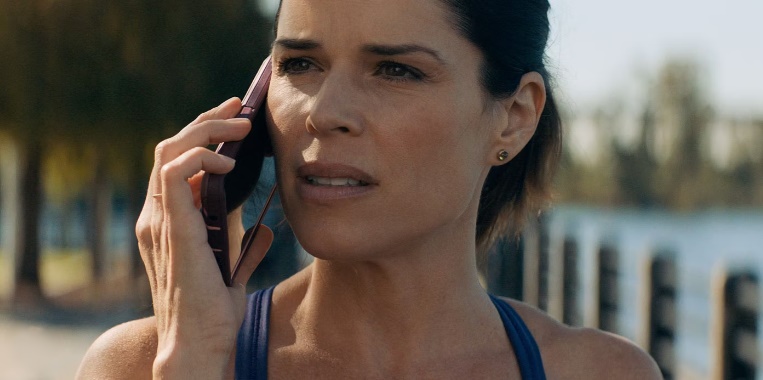
Since the beginning of the Scream franchise, it seems there have been NDAs handed out to the cast to not reveal any plot details or casting choices. But clever internet sleuths can pretty much find anything these days thanks to the World Wide Web and report what they find as conjecture instead of fact. It’s not the best journalistic practice, but it gets buzz going and if Scream has done anything well over the past 20-plus years it’s creating buzz.
In the latest speculation of what Scream VII will be about, horror movie blogger and deduction king Critical Overlord posted in early April that casting agents for the horror movie are looking to hire actors for children’s roles. This has led to some believing Ghostface will target Sidney’s family bringing the franchise back to its roots where our final girl is once again vulnerable and afraid.
'SCREAM VII' will reportedly include Sidney Prescott's family as leads.
— CriticalOverlord (@CriticalOverlo3) April 6, 2024
"They are looking to cast Sid's two kids. It seems like the movie will focus on Sid's family as all 4 (her, her husband and 2 kids) are listed as leads."
(Via: @DanielRPK) #ScreamVII pic.twitter.com/TPdkE1WbOa
It is common knowledge now that Neve Campbell is returning to the Scream franchise after being low-balled by Spyglass for her part in Scream VI which led to her resignation. It’s also well-known that Melissa Barrera and Jenna Ortega won’t be back any time soon to play their respective roles as sisters Sam and Tara Carpenter. Execs scrambling to find their bearings got broadsided when director Cristopher Landon said he would also not be going forward with Scream VII as originally planned.
Enter Scream creator Kevin Williamson who is now directing the latest installment. But the Carpenter’s arc has been seemingly scrapped so which direction will he take his beloved films? Critical Overlord seems to think it will be a familial thriller.
This also piggy-backs news that Patrick Dempsey might return to the series as Sidney’s husband which was hinted at in Scream V. Additionally, Courteney Cox is also considering reprising her role as the badass journalist-turned-author Gale Weathers.
As the film starts filming in Canada sometime this year, it will be interesting to see how well they can keep the plot under wraps. Hopefully, those who don’t want any spoilers can avoid them through production. As for us, we liked an idea that would bring the franchise into the mega-meta universe.
This will be the third Scream sequel not directed by Wes Craven.
'Civil War' Review: Is It Worth Watching?
Follow our new YouTube channel "Mysteries and Movies" here.
Movies
‘Late Night With the Devil’ Brings The Fire to Streaming
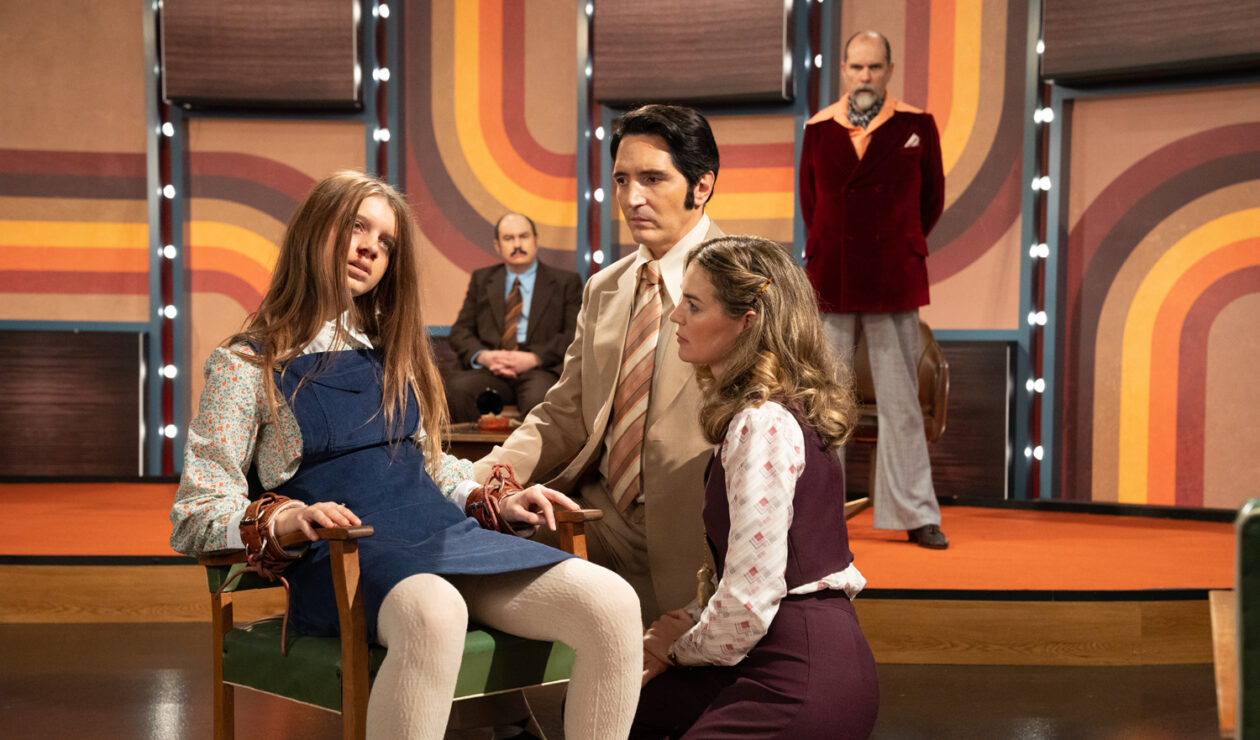
With as successful as a niche independent horror film can be at the box office, Late Night With the Devil is doing even better on streaming.
The halfway-to-Halloween drop of Late Night With the Devil in March wasn’t out for even a month before it headed to streaming on April 19 where it remains as hot as Hades itself. It has the best opening ever for a movie on Shudder.
In its theatrical run, it is reported that the film took in $666K at the end of its opening weekend. That makes it the highest-grossing opener ever for a theatrical IFC film.
“Coming off a record-breaking theatrical run, we’re thrilled to give Late Night its streaming debut on Shudder, as we continue to bring our passionate subscribers the very best in horror, with projects that represent the depth and breadth of this genre,” Courtney Thomasma, the EVP of streaming programming at AMC Networks told CBR. “Working alongside our sister company IFC Films to bring this fantastic film to an even broader audience is another example of the great synergy of these two brands and how the horror genre continues to resonate and be embraced by fans.”
Sam Zimmerman, Shudder’s VP of Programming loves that Late Night With the Devil fans are giving the film a second life on streaming.
“Late Night’s success across streaming and theatrical is a win for the kind of inventive, original genre that Shudder and IFC Films aim for,” he said. “A huge congratulations to the Cairnes and the fantastic filmmaking team.”
Since the pandemic theatrical releases have had a shorter shelf life in multiplexes thanks to the saturation of studio-owned streaming services; what took several months to hit streaming a decade ago now only takes several weeks and if you happen to be a niche subscription service like Shudder they can skip the PVOD market altogether and add a film directly to their library.
Late Night With the Devil is also an exception because it received high praise from critics and therefore word of mouth fueled its popularity. Shudder subscribers can watch Late Night With the Devil right now on the platform.
'Civil War' Review: Is It Worth Watching?
Follow our new YouTube channel "Mysteries and Movies" here.
-
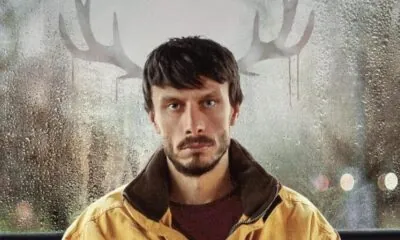
 News7 days ago
News7 days agoPerhaps the Scariest, Most Disturbing Series of The Year
-
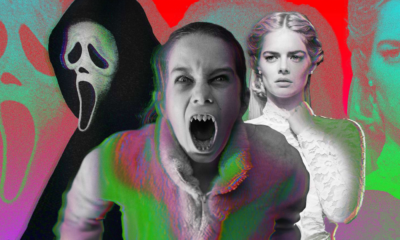
 Lists7 days ago
Lists7 days agoThrills and Chills: Ranking ‘Radio Silence’ Films from Bloody Brilliant to Just Bloody
-
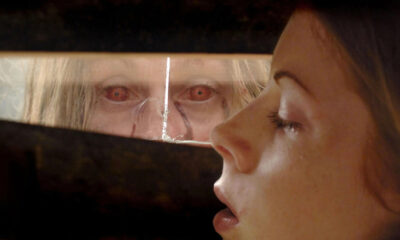
 Movies5 days ago
Movies5 days ago’28 Years Later’ Trilogy Taking Shape With Serious Star Power
-

 Movies6 days ago
Movies6 days ago‘Longlegs’ Creepy “Part 2” Teaser Appears on Instagram
-
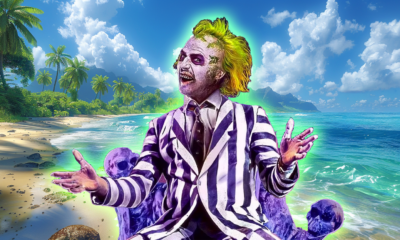
 Movies7 days ago
Movies7 days agoThe Original ‘Beetlejuice’ Sequel Had an Interesting Location
-
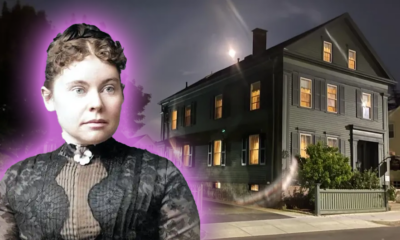
 News5 days ago
News5 days agoWin a Stay at The Lizzie Borden House From Spirit Halloween
-
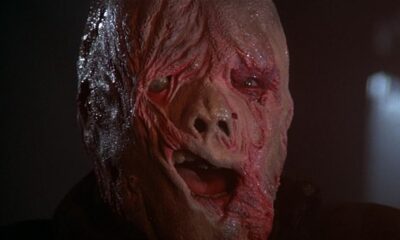
 News6 days ago
News6 days agoWatch ‘The Burning’ At The Location Where It Was Filmed
-

 News6 days ago
News6 days ago‘Blink Twice’ Trailer Presents a Thrilling Mystery in Paradise
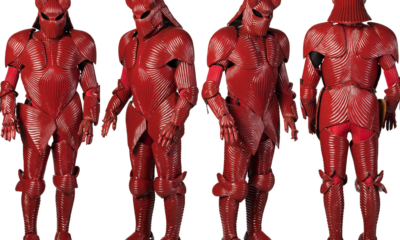

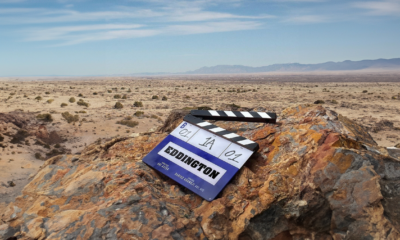

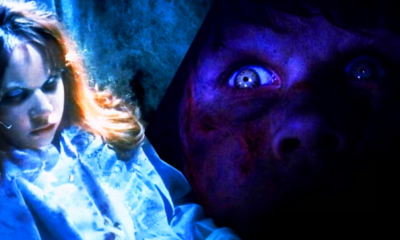

















You must be logged in to post a comment Login